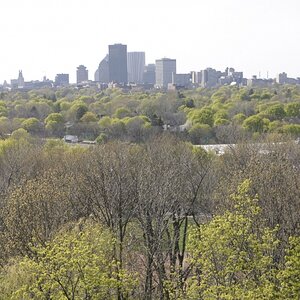- Joined
- Jul 6, 2013
- Messages
- 300
- Reaction score
- 27
- Location
- Finland
- Can others edit my Photos
- Photos OK to edit
Hello,
I have a couple of questions about photographing the sun using dslr.
I have been much into astronomy for many years and have been viewing the sun and recording using webcams in the past. and using a solar filter. Since getting my dSLR this year I have connected that to the telescope with a t2 connector and record in live view. Someone spoke to me while I was doing this recently and said I will fry the insides of the camera. wondered if anyone was able to tell the truth of this?
Also the other question is eye safety and possible lens damage I have been taking photos of the sun using the camera with a 18 - 55mm lens and is no brighter that staring at the sun but what damage could the lens get? also if I was to use my Tamron 70 - 300mm lens how bad would this be for eyes or damage? maybe would use no more that 135mm of it as just using it to make sillohettes, it getting some nice sunrise / sunset pictures. Sometimes a midday sun in the winter when snow and ice covers the land and water.
I know with a telescope I would never even take a split second look at the sun without my solar filter using 20 - 100x magnification. But maybe its different with cameras as there is plenty of photos around.
I have a couple of questions about photographing the sun using dslr.
I have been much into astronomy for many years and have been viewing the sun and recording using webcams in the past. and using a solar filter. Since getting my dSLR this year I have connected that to the telescope with a t2 connector and record in live view. Someone spoke to me while I was doing this recently and said I will fry the insides of the camera. wondered if anyone was able to tell the truth of this?
Also the other question is eye safety and possible lens damage I have been taking photos of the sun using the camera with a 18 - 55mm lens and is no brighter that staring at the sun but what damage could the lens get? also if I was to use my Tamron 70 - 300mm lens how bad would this be for eyes or damage? maybe would use no more that 135mm of it as just using it to make sillohettes, it getting some nice sunrise / sunset pictures. Sometimes a midday sun in the winter when snow and ice covers the land and water.
I know with a telescope I would never even take a split second look at the sun without my solar filter using 20 - 100x magnification. But maybe its different with cameras as there is plenty of photos around.



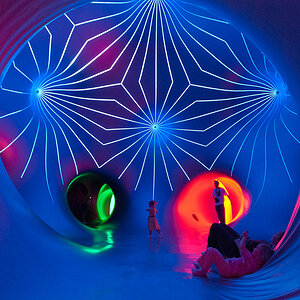
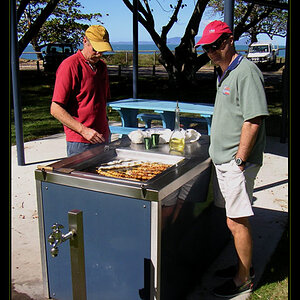
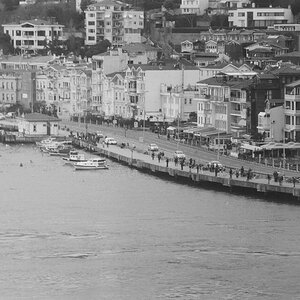
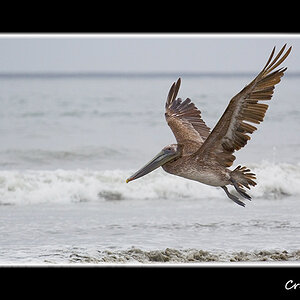

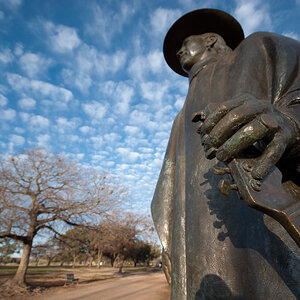
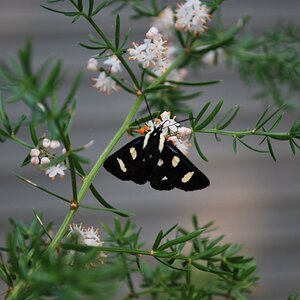
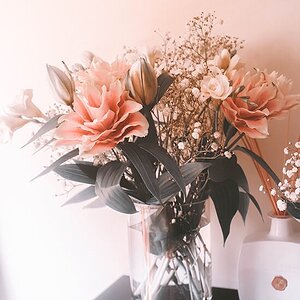
![[No title]](/data/xfmg/thumbnail/38/38262-10a9668da9a2b36a92cddde57caf87bc.jpg?1619738547)
